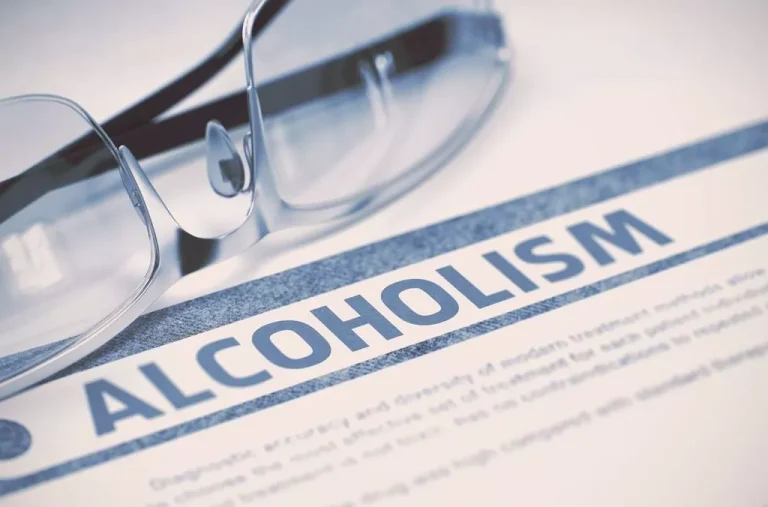
The pain is usually around the belly button and can get better with hot shower/baths. Some patients use hot water bags across the center of their belly and can burn the skin if done a lot. After stopping cannabis use, symptoms typically start to disappear within one to two days though individual results can vary.
When to Seek Emergency Medical Help
- This activity introduces the pathophysiology, clinical manifestation, and management of cannabis hyperemesis.
- In one study the average duration of cannabis use prior to onset of recurrent vomiting was 16.3 ± 3.4 years [62].
People in the hyperemesis stage will experience intense and persistent nausea and vomiting. Doctors also noticed that individuals with CHS would take frequent hot showers and baths. When people with CHS stop using marijuana, their symptoms of nausea and vomiting usually disappear. Nausea and vomiting tend to return if they start using marijuana again.
How states have reshaped marijuana laws and what’s next

In the prodromal phase the patient has morning predominance of nausea, usually without emesis. This is followed by the hyperemesis phase, which is characterized by hyperemesis, vague abdominal pain, and learned compulsive hot bathing. If you have cannabinoid hyperemesis syndrome (CHS), the best treatment is to stop using weed, even if you’ve been doing it for years with no previous side effects. Once you do that, your repeated nausea and vomiting should go away and not return. Since THC is stored in your body fat, it can take weeks to months before all the symptoms go away and you notice a difference. Smoking extra marijuana won’t help your nausea but will make it worse.

History and Physical
- Typical antiemetics such as ondansetron, commonly known as Zofran, have often been found ineffective at suppressing nausea caused by CHS.
- In the meantime, the best way to relieve CHS symptoms is to stop using the drug.
Certain therapies, such as taking hot showers or using prescription medications, may help relieve symptoms. Severe nausea, vomiting, and stomach pain are the hallmark symptoms of cannabinoid hyperemesis syndrome (CHS). The word “cannabinoid” refers to compounds uniquely found in cannabis, and “hyperemesis” means severe vomiting. The mechanism by which cannabis induces hyperemesis is presently unknown. A recent review has explored numerous potential explanations regarding various pharmacokinetic and pharmacodynamic factors of the cannabinoids [72].
- The metabolism of THC occurs mainly in the liver via oxidation and hydroxylation reactions.
- CB1 receptor activation in the hypothalamus and pituitary gland results in modulation of all hypothalamic-pituitary axes [38].
- The cannabis plant contains over four hundred different chemicals, with sixty possessing cannabinoid structures [76].
- As people with CHS often only consult their doctors during the hyperemesis stage, there is a lack of knowledge regarding the treatment of people during the prodromal stage.
- The metabolism of anandamide is principally carried out via fatty acid amide hydrolase (FAAH), whereas the major enzyme metabolizing 2-AG is monoacylglycerol lipase (MAGL) [18].
What are the symptoms of cannabis hyperemesis syndrome?

Cannabigerol (CBG) is a non-psychotropic cannabinoid that behaves as an antagonist at both the CB1 and 5-HT1A receptors [32]. This antagonism reverses the anti-emetic actions of low-dose CBD, which likely occurs at the 5-HT1A receptor [33]. The pro-emetic properties of CBD (at higher doses) and CBG may play a role in the severe nausea and vomiting observed in patients with Cannabinoid Hyperemesis Syndrome (Figure 2). THC accumulates largely within body fat which serves as a long-term storage site for the drug [20,22]. This characteristic partially explains its prolonged elimination half-life.
CHS Symptoms

Doctors have a lack of knowledge of CHS, and this makes it hard to identify people with the condition. People often remain misdiagnosed for years, which delays treatment. However, doctors exercise caution when prescribing lorazepam because it is a controlled substance with the potential for abuse and addiction.
Find more top doctors on
Camilleri also said that cannabis use is positively correlated with anxiety and depression, and noted that doctors should treat the whole patient and not just the disorder. “There is evidence that if you send a message to the brain that competes with the message that’s causing the nausea, vomiting, that you can suppress it,” Camilleri said. One cannabinoid hyperemesis syndrome possible explanation for this is called “gate control theory,” which postulates that to some extent, the brain can regulate how much pain it perceives. Also, it’s possible there are more cases than have been reported, since not everyone with the illness will seek medical help or tell their doctor they use cannabis, the Cleveland Clinic notes.
How is cannabis hyperemesis syndrome treated?
If you need help quitting, speak to a healthcare provider or connect with your local addiction treatment services. Most people with CHS who stop using cannabis have relief from symptoms within 10 days. Hot baths may relieve the nausea for a while, but they don’t cure CHS. Taking too many hot baths can increase dehydration due to sweating. Many people with CHS will compulsively shower or bathe — often for hours every day — to relieve CHS symptoms. In the brain, the cannabinoid system helps regulate several aspects of the endocrine system.

With the widespread use, increased potency and legalization of marijuana in multiple states in the U.S., CHS may be becoming increasingly common. In one 2018 study, a group of researchers surveyed 2,127 U.S. adults between the ages of 18 and 49 at an emergency department https://ecosoberhouse.com/ in New York. Of those surveyed, 155 met the criteria of smoking cannabis at least 20 days per month. Cannabidiol (CBD) and cannabigerol (CBG) are two additional cannabinoids found in cannabis that appear to modulate the anti-emetic properties of THC.
Are there complications of cannabinoid hyperemesis syndrome?
During the hyperemesis stage, doctors focus on preventing dehydration and stopping the symptoms of nausea and vomiting. Patients are often diagnosed with the syndrome based on the way they treat their own symptoms. Typically, patients can only find relief from intense and persistent nausea by taking hot baths or showers. When you use marijuana for many years, it can start to slowly change how the receptors in your body respond to the cannabinoid chemicals.

Comment (0)